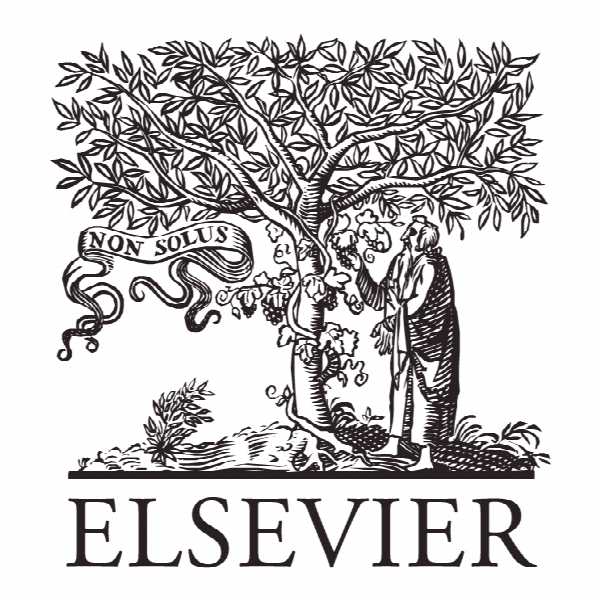تمایل به پرداخت برای طبقه اقتصادی حق بیمه خطوط هوایی : چشم انداز مسافران Willingness to pay for airlines’ premium economy class: The perspective of passengers
- نوع فایل : کتاب
- زبان : انگلیسی
- ناشر : Elsevier
- چاپ و سال / کشور: 2017
توضیحات
رشته های مرتبط علوم فنون هوایی و اقتصاد
مجله مدیریت حمل و نقل هوایی – Journal of Air Transport Management
دانشگاه بخش اطلاعات گردشگری، الثیا، تایوان
نشریه نشریه الزویر
مجله مدیریت حمل و نقل هوایی – Journal of Air Transport Management
دانشگاه بخش اطلاعات گردشگری، الثیا، تایوان
نشریه نشریه الزویر
Description
1. Introduction Although in recent years, the economic downturn has lingered and the growth of international travel has slowed, the World Tourism Organization (2012) reports a growth of 3e4% in the number of travellers worldwide. With both higher knowledge levels and an increase in consumer awareness, people not only value leisure activities more but also ask for more in terms of service. People not only request sophisticated services but also hope for greater selection. However, in light of high fuel prices and a period of low-profit operation, competition in the airline industry has become increasingly fierce. To offer travellers a better flight environment and attract more travellers of all types, airline services are becoming more sophisticated and diversified. Some airlines strive to bring elements of business-class service to economy class by offering not only service upgrades and innovations but also diversified premium economy class services as additional choices to meet travellers’ needs. By providing more comprehensive and diversified services, airlines hope that travellers not only will perceive a high level of added value but will also establish loyalty. In the current economic-downturn environment, the concept of premium economy class service also offers travellers who once travelled in business class an alternative to economyclass travel while still cutting costs. Conversely, this design offers a new option to economy-class travellers who are willing to pay extra to enjoy higher-level services. Lee and Luengo-Prado (2004) found that United’s Premium Economy program helped it boost its average fare, while it was also effective in attracting passengers willing to pay higher fares for greater seat pitch. Doganis (2010) indicates that the premium economy class will be a successful and profitability cabin. Cindy and O’Connell (2015) even think that premium economy class cabins could very well become an embedded and sustainable product long haul travel in the near future. Accordingly, offering premium economy class not only provides airlines with self-competitiveness but can also sustainably enhance airlines’ load factors and profitability. In 1992, EVA Air was one of the world’s first carriers to introduce a premium economy class. Premium economy class is a civil aviation service class that is higher than economy class but lower than business class. Different airlines have different names for premium economy class. For example, Eva Air calls its premium economy class Elite Class or Evergreen Deluxe Class. China Airlines calls its premium economy class Economy Extra. In terms of costs, business class fares are much higher than economy class fares. However, in Taiwan, premium economy class fares can be found on various travel websites and are usually approximately 10%e30% higher than economy class, proportional to travel distance. In addition, long-haul flight travellers hate cramped seats the most because such seats always cause discomfort during the travel. However,


